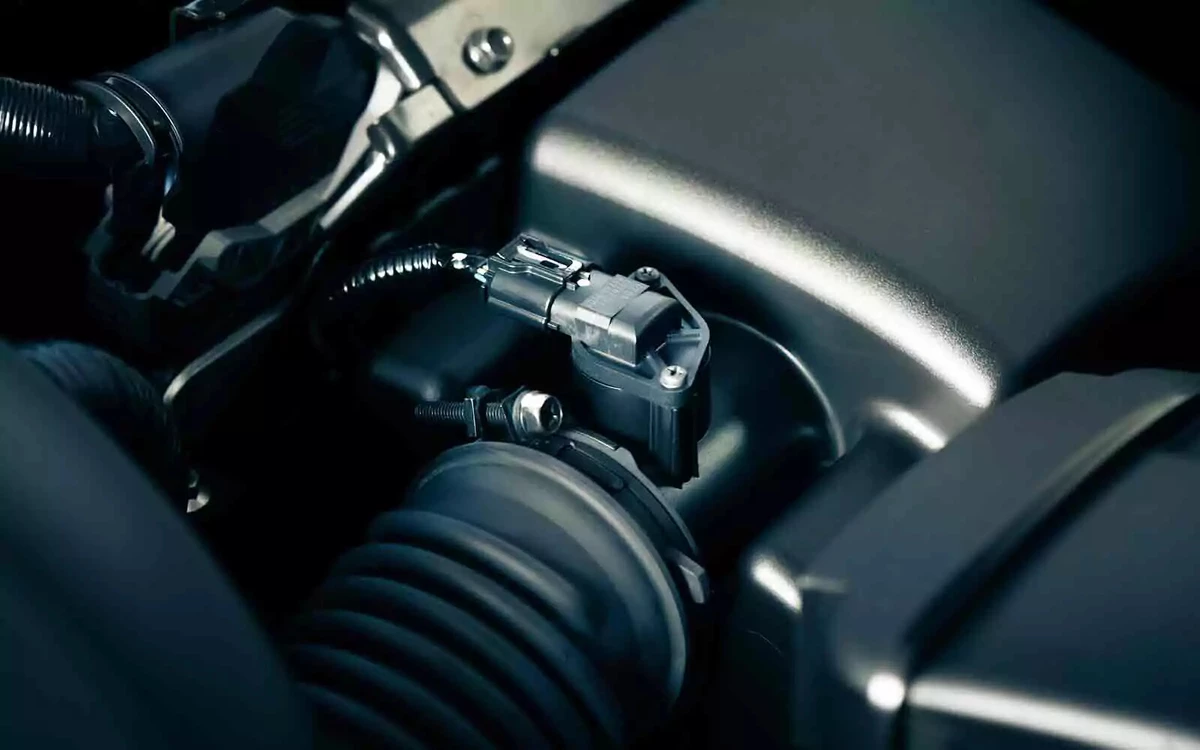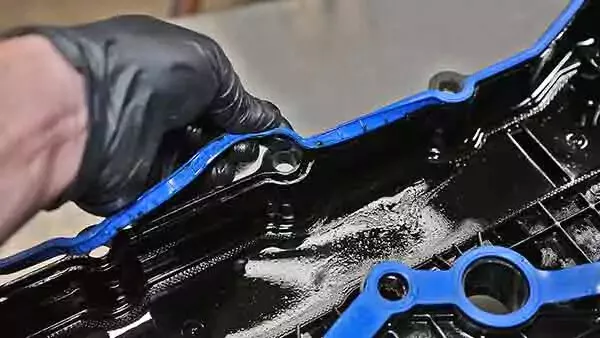An internal combustion engine needs air, fuel, and spark to run. The mass air flow (MAF) is the captain of the team of sensors that keeps them in balance.
The MAF sends the engine computer (ECU) the information it needs to control the fuel-to-air ratio in an electronic fuel injection system. If diagnosis and testing point to MAF sensor malfunction and cleaning fails to restore the correct signal, it's time to replace it. Let’s find the best mass air flow sensor for you. Then, dig into our detailed step-by-step guide for replacing a MAF sensor - opens in new window or tab. and get your engine running again.
What to Consider When Buying a Mass Air Flow Sensor

You can’t go wrong with an OEM mass airflow sensor.
Finding the right MAF means taking a good, better, and best approach. When it comes to your MAF sensor, your car is sensitive. Even a slight percentage variance of the original sensor output specification can cause significant problems. A genuine replacement MAF from the automaker is best, in most cases. Original equipment (or OE) is the next best, with original equipment manufacturer (or OEM) parts not far behind. Automakers do not make all the parts for their cars. An OE part comes from the original manufacturer without the automaker logo and premium cost.
OE and OEM are terms often used interchangeably.
- Mopar is OEM for Dodge and Jeep drivers.
- Motorcraft is OEM for Ford fans.
- AC Delco covers the panoply of General Motors brands.
Figuring out which parts manufacturer supplied the MAF for automakers is a better than good strategy. OEM parts from heavyweights like Bosch, Denso, TRW, or Delphi can be as good or better than the genuine part at even lower cost.
Aftermarket and original equipment replacement (or OER) mass air flow sensors fall into the good category. Going with an established aftermarket parts manufacturer like Standard Motor Products or Walker is a far better bet than gambling on the cheapest possible no-name alternative. The odds of finding an unbranded low-price MAF with anything close to OE quality are against you. Some no-name MAF sensors can drift 20 percent off the original automaker specifications. That might not be good enough, even for a rust belt winter beater.
Types of MAF Sensors

A 1996-1998 Chevrolet truck OEM mass air flow sensor
MAF sensor technology changed as fuel injection systems evolved and matured. In the 1970s and ’80s, vane-type sensors used a spring-loaded hinged flap in the intake that mechanically converted airflow into a voltage signal as it opened and closed. An inability to read air density, restrictive flaps, and failure-prone moving parts relegated these vane airflow (VAF) sensors to history.
If your car is from the 1990s or 2000s, you might encounter a Karman Vortex airflow meter. This type of MAF utilized an almost mystical combination of mirror-reflective foil materials and LED phototransistor pulses to measure the swirling patterns of vortices created as incoming air passed over a stationary vortex generator. Imagine counting the ripples in the wake of a boat and converting them into an electronic frequency signal. That signal is what a Karman Vortex airflow meter sends to the ECU.
The hot wire or plug-in wire is the most widely used MAF type today. It has no moving parts and is a time-proven technology. Their operation is simple:
- These sensors use one constant voltage hot wire or a separate hot and cold thermistor wire to measure current and temperature differentials.
- The sensor translates those differentials into a voltage or electronic signal.
- The ECU uses that signal to calculate the volume of incoming air or mass airflow.
Hot film MAF sensors use a thin membrane or matrix instead of a wire. These hot film MAF sensors, however, are less common than the wire type.
How to Find a MAF Sensor That Fits Your Car

Mass air flow sensors can vary widely from vehicle to vehicle. Double-check the part number before you buy.
Finding the best MAF sensor for your ride and budget is as easy as heading over to the eBay Parts Finder - opens in new window or tab. and entering the year, make, model, trim, and, most importantly, engine. Some automakers use the same MAF part number across their entire range of engines. Others take a more tailored fit approach and use different MAFs for different engines. Add your vehicle to your eBay Garage and take your choice of MAF sensors.
How much should you spend on a MAF sensor?
Replacement MAF sensor prices vary depending on what car you drive. An economy-grade aftermarket part for a high-volume production engine like a Chevy V-8 could cost less than $20. A genuine or OE unit for a more exotic, limited-production, or high-end European car could cost hundreds of dollars.
New old stock MAF sensors for vintage cars and trucks can command hefty prices. Remember to factor in the cost of OBDII code readers or other diagnostic tools, as well as MAF cleaner, shop supplies, and related parts like intake tubing, hoses, clamps, engine air filters, and electrical connectors.
Should you buy a used MAF sensor?
Automakers engineer MAF sensors to last the lifetime of the engine, so buying a salvaged or used replacement may be your best way to get genuine part quality at economical prices. But should you?
A used or new old stock MAF might be the only option for restoring and driving vintage or rare factory high-performance vehicles. Still, a new replacement MAF is your best option. Again, even a slightly off MAF can stop your car from running right.
What to Buy With Your Replacement MAF Sensor

We recommend installing a fresh air cleaner when replacing a mass air flow sensor.
A new engine air filter is at the top of the MAF-related parts shopping list. Removing or accessing the airbox is often the first step in MAF testing, cleaning, and replacement. Look for:
- A dirty or poor-quality engine air filter
- Cracked intake tubing
- An airbox full of acorns from an ambitious squirrel
All of these issues can foul or damage the MAF air sensor. Inspect the intake housings, tubing, hoses, electrical connectors, and wiring as part of the diagnostic process. Add those parts to your list.
Use only dedicated MAF cleaners
Regular maintenance of your MAF sensor is crucial to ensure its proper functioning. Carbon buildup, oil varnish, or even a speck of debris can disrupt the sensor's readings. Any contamination in the MAF can cause the ECU to send too much or too little fuel to the engine. The good news is that cleaning a mass air flow sensor is a simple task that often resolves the issue. Specialized cleaners formulated for mass airflow sensors can remove oils or dirt in seconds and leave no residue behind.
MAF cleaners from CRC or Berryman are inexpensive and can also clean connectors and wiring. Do not use brake cleaner, parts cleaner, carburetor cleaner, paint or cleaning solvents, spray lubricants, or household cleaners. These may cause irreparable damage to the MAF’s plastic housings, adhesives, protective coatings, and delicate electronic components. Never attempt to pick or poke debris out of a sensor with a screwdriver or anything else. Don’t even use a toothpick.
Share your feedback
This article is meant to provide general guidance only. Automotive maintenance, repair, upgrade, and installation may depend on vehicle-specifics such as make and model. Always consult your owner's manual, repair guide for specific information for your particular vehicle and consider a licensed auto-care professional's help as well, particularly for advance repairs.




























































